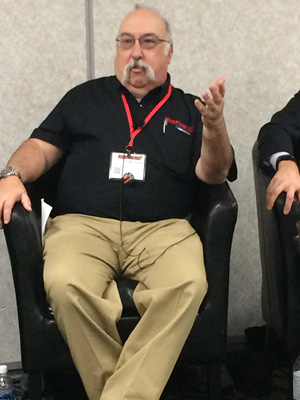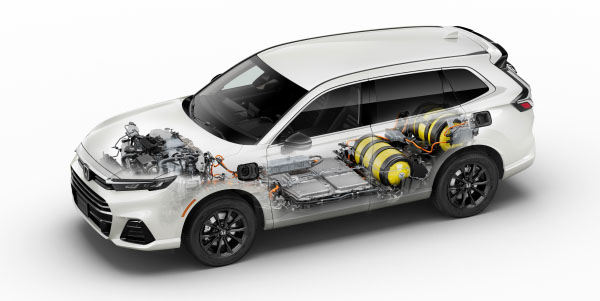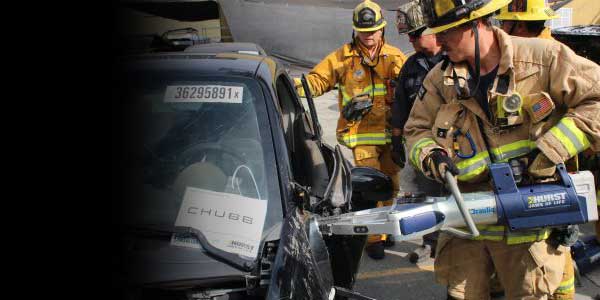
Subaru recently became the latest OEM to issue a position statement on the need for pre- and post-repair diagnostic scanning.
As part of a scanning guide in the July 2017 issue, BodyShop Business published excerpts from the OEM position statements and OEM representatives that shed more light on the need for diagnostic scanning
General Motors
- “We are absolutely engaged in the industry on how to help educate shops and the insurers on the importance of and the value of scanning and what it means in the repair process. So issuing a position statement is the beginning of the work.” – John Eck, collision manager, GM Customer Care and Aftersales
- “General Motors takes the position that all vehicles being assessed for collision damage repairs must be tested for diagnostic trouble codes (DTCs) during the repair estimation in order to identify the required repairs. Additionally, the vehicle must be re-tested after all repairs are complete in order to verify that the faults have been repaired and new faults have not been introduced during the course of repairs. Even minor body damage or glass replacement may result in damage to one or more safety-related systems on the vehicle. Any action that results in loss of battery-supplied voltage and disconnection of electrical circuits requires that the vehicle is subsequently tested to ensure proper electrical function.” – GM position statement
Honda
- “A pre-scan must be done during blueprinting for the final estimate to learn what DTCs are stored in the vehicle and therefore what systems may have been affected by the unknown collision forces. This helps ensure any damage becomes part of the estimate and repair plans and might help reduce surprises and repair supplements. If vehicle damage prevents scan-tool communication, then the pre-scan must be done as soon as repairs can safely allow scan-tool communication to be re-established. A post-repair scan confirms that all issues related to the collision event have been corrected, including those DTCs that might have been set during the repair process.” – Gary Ledoux, assistant national manager, American Honda Motor Co., Collision Parts Marketing

Fiat Chrysler
- “Safety and security related systems, such as antilock brakes, supplemental restraint systems (SRS – air bags), occupant restraint controller (ORC), seat belts, active head restraints, forward-facing camera and radar, blind-spot monitoring and other automated electronic driver-assistance systems, MUST be tested for fault codes (DTCs) that could be active (current) or stored following a collision.” – Fiat Chrysler position statement
Mercedes-Benz
- “During a collision, some of the vehicle’s sensors could sustain damage internally or in a manner in which failure is not evident to the driver of the vehicle. These vehicle sensors and control units must be evaluated after a collision to ensure that a complete repair is performed, regardless of whether the vehicle notifies the driver of damage or failure via the instrument cluster.” – Mercedes-Benz position statement
Toyota
- “Considering the fact that a capable scan tool is the only way to identify some DTCs, Toyota requires that repairers perform a ‘Health Check’ diagnostic scan if a vehicle has sustained damage as a result of a collision that may affect electrical systems. Additionally, Toyota strongly recommends that repairers perform a ‘Health Check’ diagnostic scan before and after every repair to identify and document DTCs. If DTCs are identified pre-repair, then they can be considered to create a complete vehicle damage-analysis report. If DTCs are identified post-repair, then they can be diagnosed and addressed before returning a vehicle to the customer.” – Toyota position statement
Editor’s note: This article appeared as part of the scanning guide in the July 2017 issue of BodyShop Business.













